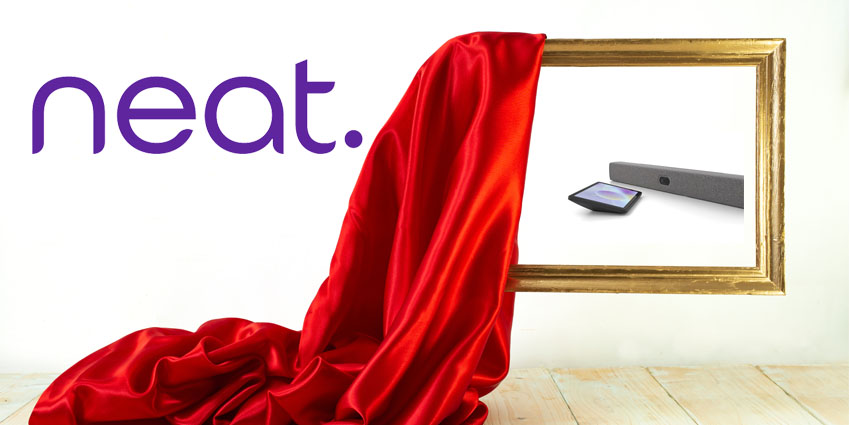We all know that Plantronics is one of the leading companies in the world when it comes to the development of cutting-edge headsets. When I was attending UC EXPO 2017 in London, I had the fantastic opportunity to sit down with Paul Dunne of Plantronics, and discuss where the company is heading in this disruptive digital landscape.
The Three Eras of Telecoms

Sitting down with Paul Dunne, he instantly began to talk to me about his vision for the world of communications, and what it means for people today. “When I was a kid, we had family living in Japan, and we maybe got to speak to them around once a year – and that was really expensive. In other words, Comms used to be very expensive, and very rare.” He described that as the first era of Comms.
Obviously, we soon moved into an era where Comms became a lot more available, and the prices started falling too, creating a world that was much more inter-connected. Now, Dunne believes that we’re living in the “third era” of Telecoms, where communication is everywhere, and instantly accessible.
Though this world of countless Comms devices has wonderful things to offer, it’s also a little overwhelming. For instance, Dunne noted that consumers could be sitting at their desk, hear a phone ring, and have no idea whether the call was coming from their softphone, mobile, Skype, or Facebook. It’s that complexity that has prompted Plantronics to begin designing headset devices that are all about simplicity.
As soon as you wear a Plantronics device, you answer a call, no matter where that call is coming from, and the rest of your UC applications are informed that you’re now busy, on a call. In other words, Plantronics are connecting all the disconnected devices together in UC with innovative headsets.
Taking Headsets to the Next Level
It’s no surprise that Plantronics are seeing a boost in their sales, as Skype for Business and other developments in the UC marketplace are becoming more popular. As Dunne explained as we sat together at the UC EXPO, Plantronics are simply making the various disruptive technologies of the day simpler for customers to access.
Dunne said: “We’ve seen that a number of key vendors are driving UC adoption, and Microsoft is certainly one of those vendors. When we examine the general adoption of UC, we almost always see it as attached to a program. From our perspective, one of the strongest solutions of UC is moving to flexible working, and we’re looking at ways to drive people to smarter working solutions.”
Dunne noted that Plantronics works with a focus on “Bricks, Bytes and Behaviour.” In other words, the company is connecting the workplaces, the people who work within them, and the technology they use into a single, seamless experience.
“As communication becomes more ubiquitous among multiple devices, we’re turning from complexity to simplicity, both at home, and in businesses”
Dunne also commented that Plantronics are looking at managing media too. In other words, if a client was using their device to listen to music, and they received a call, that music would stop and present an opportunity to answer that call.
How are Plantronics Responding to Disruptive Technology?
One thing that I noticed frequently when exploring UC EXPO for 2017, is that there’s been a lot of disruptive change in the world of Unified Communications. I wanted to know what Plantronics has been doing to develop their products around changes like UC, AI, and other new adaptations.
Dunne noted that the big development for the company had been the fact that they’re now able to provide telemetry data from their products to other systems, and their own software. The Plantronics open API means that the system is inherently clever. For instance, around half of all products in the Plantronics portfolio know when they’re being worn. Dunne described the concept for me: “Say you have a contact centre agent who’s dealing with chat and telephony at the same time. When he removed his headset, that headset would know to set his status to busy on calls, while he dealt with chat.”
Another development for Plantronics is the ability to measure “cross-talk”, or occasions in a communication environment where people start to interrupt each other. From an AI perspective, this means that Plantronics headsets can sense when a communication is going negatively, and determine how much cross-talking and other issues might be causing problems. The headsets can sense anger or stress, and inform other call centre agents so that a person can be pulled away from a dangerous situation.
This is a huge step forward for communications. For years, contact centres have been able to record calls and listen to the information afterwards. However, rather than going through thousands of calls at the end of the day, Plantronics is giving companies a chance to use real time call evaluation.
What’s Next for Plantronics?
With so much innovation on the horizon, I was keen to find out what comes next for Plantronics.
Dunne told me that the company was looking to discover what they might be able to do next with wearable computer devices, and what they can do to enhance new systems that might emerge in the future. Plantronics have had a long history of collaborating with other vendors, and they remain a force to be reckoned with in the communications space.
The business is currently developing products that know they’re being worn, and they’re taking those same signals used for business purposes, and using them in the consumer space. In other words, consumers might use headsets to listen to music, and when they take the headset off, the music stops, until they put it back on again.
As Dunne noted in our interview, Plantronics are constantly looking for ways for specialist teams to work with each other, and create an interconnected set of products for businesses and consumers.
If you look back at the Plantronics heritage, it’s easy to see how they’ve come so far in the world of Comms innovation. From their foundation, inspired by two pilots who wanted to develop lightweight headsets, to their place in the moon landing, and their current path towards simpler headset experiences, it’s safe to say that Plantronics are a visionary company.







